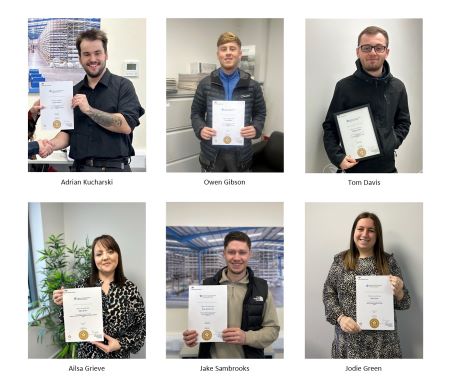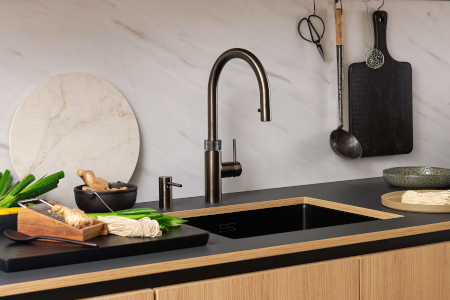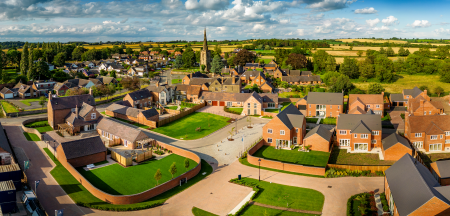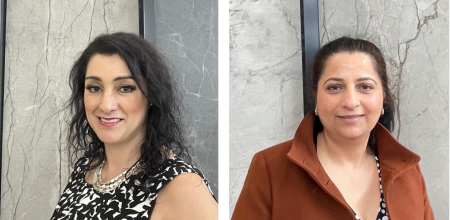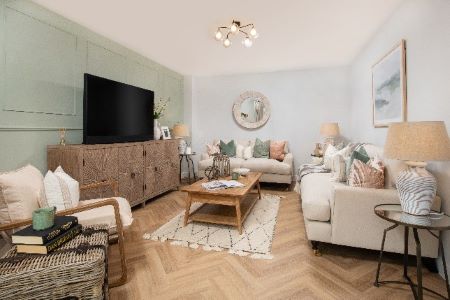Showhome Editor Anna Wood sits down with Charlotte and Jon from Polypipe to discuss the company and changes to Sewerage Sector Guidance
Can you tell us more about Polypipe? What is the history of the company and what do you stand for now?
Charlotte: We started in conventional civils, but if you consider how our product, service and design portfolio has evolved, you can see now we’re at the forefront of integrated green infrastructure and water management, and we now have the capability to deliver resilient schemes of the future, from masterplans to small scale developments with digital and physical product innovations.
Jon: I’ve been with Polypipe since 2010 and it’s come on leaps and bounds in terms of proposition but also in terms of our positioning within certain market sectors. When I first started, the main market for us was the commercial, industrial and retail; the residential sector wasn’t really on our radar. It quickly became apparent that the housing market was a sector that we could certainly support.
What are the changes to Sewerage Sector Guidance and can you tell us more about the Environment Act?
Charlotte: What we can see is that a sewer, or the concept of a sewer, has now evolved to incorporate green infrastructure components that previously would not have been adoptable SuDS features. So, if we consider that what we might have considered as a sewer as a basic concept could now include multiple features such as tree pits, rain gardens, bioretention features, it’s opened up quite a few conversations with utilities companies, local authorities and solution providers. These can be assets that a lot of stakeholders are not used to designing, installing or managing long term, so for us at Polypipe the changes really have meant that we have to engage in a lot of knowledge transfer with these other stakeholders. Also, the design of a green asset involves more than just a conventional sewer so, you’ll be thinking about how the water is stored and managed to support the green asset as well as a drainage solution.
How have these changes opened-up a whole world of possibilities for housebuilders and developers to enhance developments?
Charlotte: I think a potential for creativity within the building industry and within the housing sector has always been there. To me, it’s about the most intelligent use of the space you have available and there’s a lot of things that you can do at the very early stage to make full use of a site. The ability to have adoptable SuDS features means that local authorities, developers and water companies can now have a much more meaningful conversation about the kind of developments and assets that they want, that go beyond just managing water and on and off plot solutions of a basic nature. It’s more about resilience, about placemaking and amenity and incorporating trees and other assets that are living that are giving more benefit in terms of ecosystem services as the development matures. It’s a complete step change from what you might have seen ten years ago.
Why is green urbanisation so important?
Charlotte: I think it’s important because it’s multifaceted and it involves a more robust design approach. It’s about creating and embedding resilience across different disciplines and stakeholders…
To read the rest of the interview, see our latest issue here
Never miss a story… Follow us on:
![]() Showhome
Showhome
![]() @Your_Show_Home
@Your_Show_Home
![]() @Showhomemag
@Showhomemag
Media Contact
Anna Wood
Editor, Showhome
Tel: +44 (0) 1622 823 922
Email: editor@yourshow-home.com


